|
Usually, I feature animals that make appearances in my novels. But this is a creature I want to tell you about simply because I saw one recently and thought it was impressive. Last summer, Trish and I visited the Sea Life Aquarium in Kansas City. As we walked through a darkened area featuring invertebrates, we came across a Japanese spider crab. This creature had a leg span of at least ten feet! I took a few photos (see the first photo below) and knew I would eventually need to tell you about it. So what the heck is a Japanese spider crab? The Japanese spider crab has the largest leg span of all of the arthropods (Arthropoda is the phylum that includes insects, spiders, crabs, lobsters, and other multi-legged creatures with exoskeletons). Japanese spider crabs live in the Pacific Ocean in the waters off the coast of the southern portion of Japan. Amazing facts about Japanese Spider Crabs These crabs are big! Japanese spider crabs can have a leg span of up to 14 feet (4.3 meters). That seems almost beyond belief, but you must realize that they have extremely long legs, so their size is mostly legs. Even so, the body is also impressive. The carapace can be up to 16 inches (40 cm) in diameter. The entire crab body and legs can weight up to 44 pounds (20 kg). Japanese spider crabs live a long time. Well, actually, most crabs live quite a long time to begin with. You know those little hermit crabs you can buy in pet shops? Those critters can live sixty years! The Japanese spider crab is often reported to live 100 years, although I have had a hard time finding absolute proof of this, so perhaps it is only conjecture. But it certainly is possible, considering the creature's size and the long life of many other crabs. They eat just about anything. Japanese spider crabs occassionally catch live prey, including mollusks and slow-moving invertebrates. But they seem to prefer dead creatures (they are scavengers), and their two long, powerful feeding claws can rip up just about any dead carcass they find on the ocean floor. Old mariner legends described these giant crabs dragging sailors into the water, drowning them, and then feeding on their bodies. Not true, of course, but these crabs certainly wouldn't hesitate to feast on the body of a sailor who has already drowned. They generally live in deep water (150 to 300 meters down). But once per year, when they mate, they migrate into shallower water (about 50 meters). This is where their larvae hatch. Speaking of their larvae... in spite of the enormous size of the adult crabs, spider crab larvae are tiny and float around as plankton. In fact, if you've ever gone swimming off the coast of Japan, you have probably brushed up against thousands of Japanese spider crabs without even knowing it. The tiny larvae are extremely abundant. Why? Because females lay over a million eggs! See the spider crab larva below. Unfortunately, Japanese spider crab numbers have dwindled in recent years due to overfishing. These unusual crabs are considered a delicacy. In Japan, fishermen are now prohibited from catching them during the breeding season, from January to April. Hopefully this will help increase the population. Like other arthropods, Japanese spider crabs grow by periodically molting their exoskeleton, which is actually an amazing thing to watch. Check out this time-lapse video of a molting spider crab So, the Japanese spider crab deserves a place in the T.A.H.O.F. (Trill Animal Hall of Fame). FUN FACT: The word trill is an amalgamation of the words "true" and "real." It is used mostly in the hip-hop community to describe someone who is successful and widely-respected. So basically, it is kinda, sorta another way to say awesome! Photo Credits:
First spider crab photo - Stan C. Smith Man in tank with spider crab - KidsDiscover Spider Crab on Black Background - Wikimedia Commons Spider Crab Larvae - ScienceBlogs Cooking Spider Crabs - Pinterest
0 Comments
Leave a Reply. |
Stan's Cogitations
Everyone needs a creative outlet. That's why I write. Archives
July 2024
|

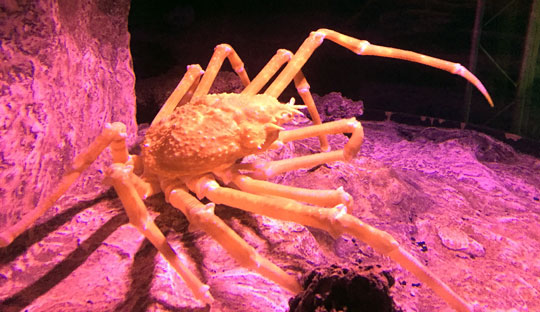
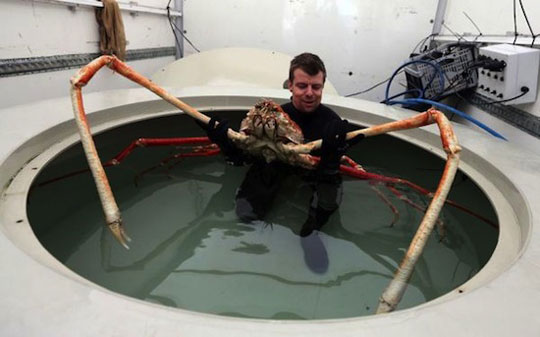
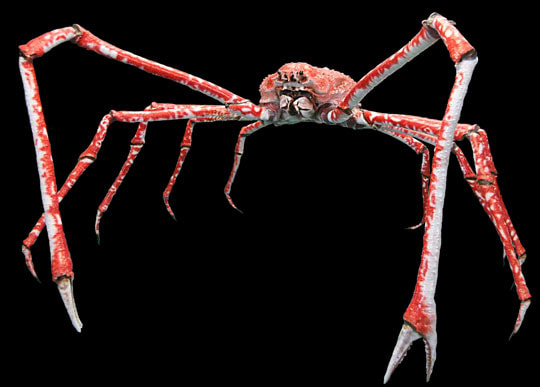
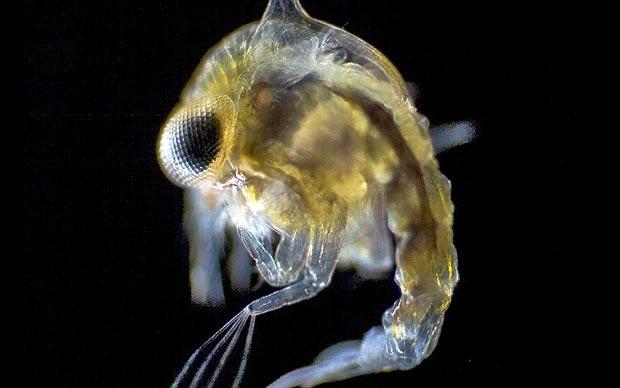
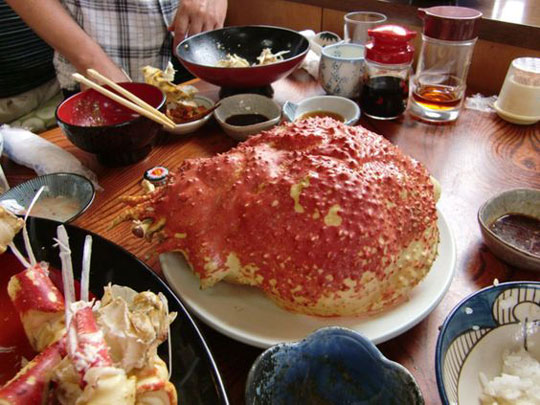
 RSS Feed
RSS Feed